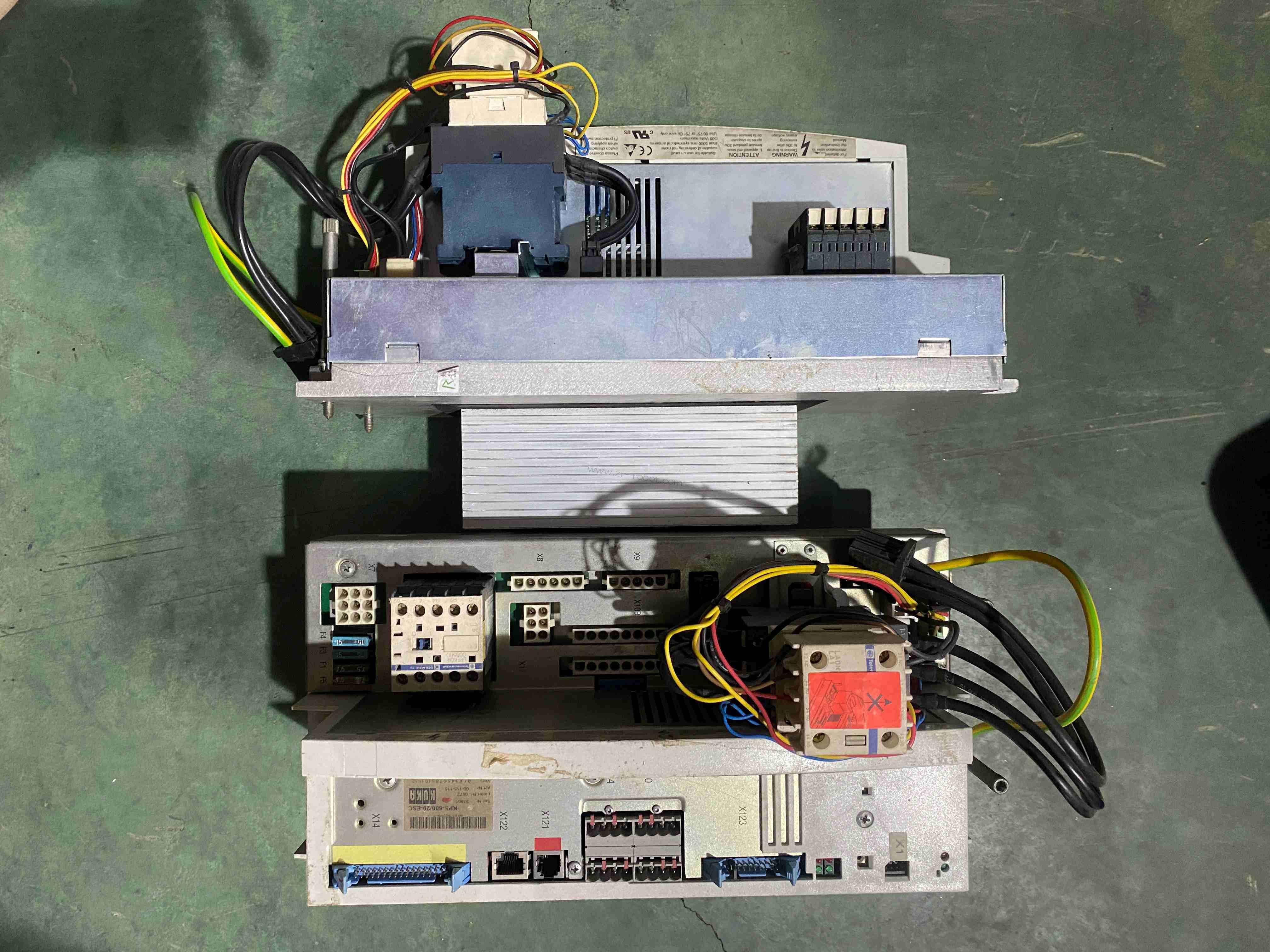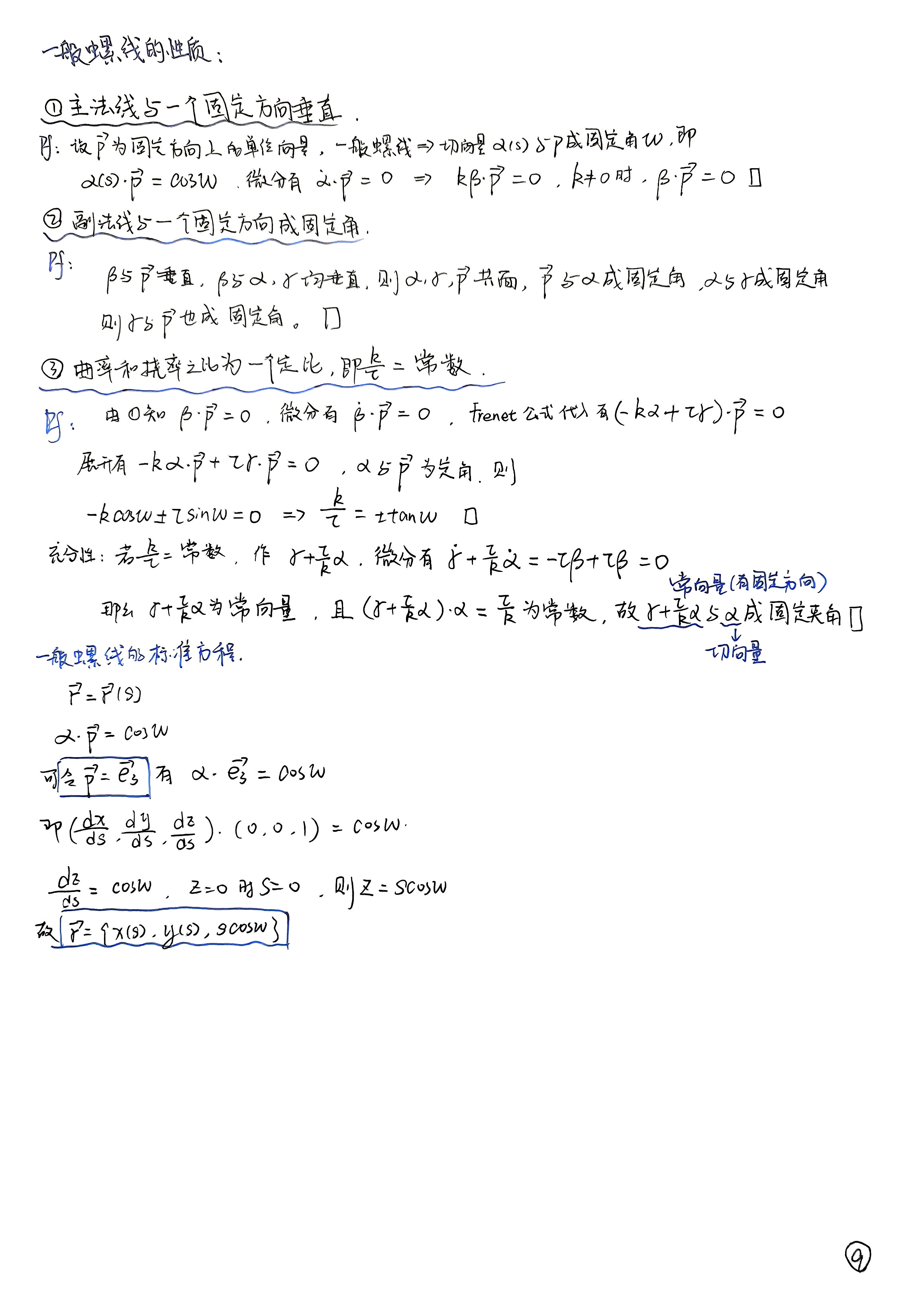滑动窗口算法是一种基于时间窗口的限流算法,它将时间划分为若干个固定大小的窗口,每个窗口内记录了该时间段内的请求次数。通过动态地滑动窗口,可以动态调整限流的速率,以应对不同的流量变化。
整个限流可以概括为两个主要步骤:
- 统计窗口内的请求数量
- 应用限流规则
Redis有序集合每个value有一个score(分数),基于score我们可以定义一个时间窗口,然后每次一个请求进来就设置一个value,这样就可以统计窗口内的请求数量。key可以是资源名,比如一个url,或者ip+url,用户标识+url等。value在这里不那么重要,因为我们只需要统计数量,因此value可以就设置成时间戳,但是如果value相同的话就会被覆盖,所以我们可以把请求的数据做一个hash,将这个hash值当value,或者如果每个请求有流水号的话,可以用请求流水号当value,总之就是要能唯一标识一次请求的。
所以,简化后的命令就变成了:
ZADD 资源标识 时间戳 请求标识Java代码
public boolean isAllow(String key) {ZSetOperations<String, String> zSetOperations = stringRedisTemplate.opsForZSet();// 获取当前时间戳long currentTime = System.currentTimeMillis();// 当前时间 - 窗口大小 = 窗口开始时间long windowStart = currentTime - period;// 删除窗口开始时间之前的所有数据zSetOperations.removeRangeByScore(key, 0, windowStart);// 统计窗口中请求数量Long count = zSetOperations.zCard(key);// 如果窗口中已经请求的数量超过阈值,则直接拒绝if (count >= threshold) {return false;}// 没有超过阈值,则加入集合String value = "请求唯一标识(比如:请求流水号、哈希值、MD5值等)";zSetOperations.add(key, String.valueOf(currentTime), currentTime);// 设置一个过期时间,及时清理冷数据stringRedisTemplate.expire(key, period, TimeUnit.MILLISECONDS);// 通过return true;
}上面代码中涉及到三条Redis命令,并发请求下可能存在问题,所以我们把它们写成Lua脚本
local key = KEYS[1]
local current_time = tonumber(ARGV[1])
local window_size = tonumber(ARGV[2])
local threshold = tonumber(ARGV[3])
redis.call('ZREMRANGEBYSCORE', key, 0, current_time - window_size)
local count = redis.call('ZCARD', key)
if count >= threshold thenreturn tostring(0)
elseredis.call('ZADD', key, tostring(current_time), current_time)return tostring(1)
end完整的代码如下:
package com.example.demo.controller;import org.springframework.beans.factory.annotation.Autowired;
import org.springframework.data.redis.core.StringRedisTemplate;
import org.springframework.data.redis.core.ZSetOperations;
import org.springframework.data.redis.core.script.DefaultRedisScript;
import org.springframework.stereotype.Service;import java.util.Collections;
import java.util.concurrent.TimeUnit;/*** 基于Redis有序集合实现滑动窗口限流* @Author: ChengJianSheng* @Date: 2024/12/26*/
@Service
public class SlidingWindowRatelimiter {private long period = 60*1000; // 1分钟private int threshold = 3; // 3次@Autowiredprivate StringRedisTemplate stringRedisTemplate;/*** RedisTemplate*/public boolean isAllow(String key) {ZSetOperations<String, String> zSetOperations = stringRedisTemplate.opsForZSet();// 获取当前时间戳long currentTime = System.currentTimeMillis();// 当前时间 - 窗口大小 = 窗口开始时间long windowStart = currentTime - period;// 删除窗口开始时间之前的所有数据zSetOperations.removeRangeByScore(key, 0, windowStart);// 统计窗口中请求数量Long count = zSetOperations.zCard(key);// 如果窗口中已经请求的数量超过阈值,则直接拒绝if (count >= threshold) {return false;}// 没有超过阈值,则加入集合String value = "请求唯一标识(比如:请求流水号、哈希值、MD5值等)";zSetOperations.add(key, String.valueOf(currentTime), currentTime);// 设置一个过期时间,及时清理冷数据stringRedisTemplate.expire(key, period, TimeUnit.MILLISECONDS);// 通过return true;}/*** Lua脚本*/public boolean isAllow2(String key) {String luaScript = "local key = KEYS[1]\n" +"local current_time = tonumber(ARGV[1])\n" +"local window_size = tonumber(ARGV[2])\n" +"local threshold = tonumber(ARGV[3])\n" +"redis.call('ZREMRANGEBYSCORE', key, 0, current_time - window_size)\n" +"local count = redis.call('ZCARD', key)\n" +"if count >= threshold then\n" +" return tostring(0)\n" +"else\n" +" redis.call('ZADD', key, tostring(current_time), current_time)\n" +" return tostring(1)\n" +"end";long currentTime = System.currentTimeMillis();DefaultRedisScript<String> redisScript = new DefaultRedisScript<>(luaScript, String.class);String result = stringRedisTemplate.execute(redisScript, Collections.singletonList(key), String.valueOf(currentTime), String.valueOf(period), String.valueOf(threshold));// 返回1表示通过,返回0表示拒绝return "1".equals(result);}
}这里用StringRedisTemplate执行Lua脚本,先把Lua脚本封装成DefaultRedisScript对象。注意,千万注意,Lua脚本的返回值必须是字符串,参数也最好都是字符串,用整型的话可能类型转换错误。
String requestId = UUID.randomUUID().toString();DefaultRedisScript<String> redisScript = new DefaultRedisScript<>(luaScript, String.class);String result = stringRedisTemplate.execute(redisScript,Collections.singletonList(key),requestId,String.valueOf(period),String.valueOf(threshold));好了,上面就是基于Redis有序集合实现的滑动窗口限流。顺带提一句,Redis List类型也可以用来实现滑动窗口。
接下来,我们来完善一下上面的代码,通过AOP来拦截请求达到限流的目的
为此,我们必须自定义注解,然后根据注解参数,来个性化的控制限流。那么,问题来了,如果获取注解参数呢?
举例说明:
@Retention(RetentionPolicy.RUNTIME)
@Target(ElementType.METHOD)
public @interface MyAnnotation {String value();
}@Aspect
@Component
public class MyAspect {@Before("@annotation(myAnnotation)")public void beforeMethod(JoinPoint joinPoint, MyAnnotation myAnnotation) {// 获取注解参数String value = myAnnotation.value();System.out.println("Annotation value: " + value);// 其他业务逻辑...}
}注意看,切点是怎么写的 @Before("@annotation(myAnnotation)")
是@Before("@annotation(myAnnotation)"),而不是@Before("@annotation(MyAnnotation)")
myAnnotation,是参数,而MyAnnotation则是注解类

此处参考
https://www.cnblogs.com/javaxubo/p/16556924.html
https://blog.csdn.net/qq_40977118/article/details/119488358
https://blog.51cto.com/knifeedge/5529885
言归正传,我们首先定义一个注解
package com.example.demo.controller;import java.lang.annotation.*;/*** 请求速率限制* @Author: ChengJianSheng* @Date: 2024/12/26*/
@Documented
@Target(ElementType.METHOD)
@Retention(RetentionPolicy.RUNTIME)
public @interface RateLimit {/*** 窗口大小(默认:60秒)*/long period() default 60;/*** 阈值(默认:3次)*/long threshold() default 3;
}定义切面
package com.example.demo.controller;import jakarta.servlet.http.HttpServletRequest;
import lombok.extern.slf4j.Slf4j;
import org.aspectj.lang.JoinPoint;
import org.aspectj.lang.annotation.Aspect;
import org.aspectj.lang.annotation.Before;
import org.springframework.beans.factory.annotation.Autowired;
import org.springframework.data.redis.core.StringRedisTemplate;
import org.springframework.data.redis.core.ZSetOperations;
import org.springframework.stereotype.Component;
import org.springframework.web.context.request.RequestContextHolder;
import org.springframework.web.context.request.ServletRequestAttributes;
import org.springframework.web.servlet.support.RequestContextUtils;import java.util.concurrent.TimeUnit;/*** @Author: ChengJianSheng* @Date: 2024/12/26*/
@Slf4j
@Aspect
@Component
public class RateLimitAspect {@Autowiredprivate StringRedisTemplate stringRedisTemplate;// @Autowired
// private SlidingWindowRatelimiter slidingWindowRatelimiter;@Before("@annotation(rateLimit)")public void doBefore(JoinPoint joinPoint, RateLimit rateLimit) {// 获取注解参数long period = rateLimit.period();long threshold = rateLimit.threshold();// 获取请求信息ServletRequestAttributes servletRequestAttributes = (ServletRequestAttributes) RequestContextHolder.getRequestAttributes();HttpServletRequest httpServletRequest = servletRequestAttributes.getRequest();String uri = httpServletRequest.getRequestURI();Long userId = 123L; // 模拟获取用户IDString key = "limit:" + userId + ":" + uri;/*if (!slidingWindowRatelimiter.isAllow2(key)) {log.warn("请求超过速率限制!userId={}, uri={}", userId, uri);throw new RuntimeException("请求过于频繁!");}*/ZSetOperations<String, String> zSetOperations = stringRedisTemplate.opsForZSet();// 获取当前时间戳long currentTime = System.currentTimeMillis();// 当前时间 - 窗口大小 = 窗口开始时间long windowStart = currentTime - period * 1000;// 删除窗口开始时间之前的所有数据zSetOperations.removeRangeByScore(key, 0, windowStart);// 统计窗口中请求数量Long count = zSetOperations.zCard(key);// 如果窗口中已经请求的数量超过阈值,则直接拒绝if (count < threshold) {// 没有超过阈值,则加入集合zSetOperations.add(key, String.valueOf(currentTime), currentTime);// 设置一个过期时间,及时清理冷数据stringRedisTemplate.expire(key, period, TimeUnit.SECONDS);} else {throw new RuntimeException("请求过于频繁!");}}}加注解
@RestController
@RequestMapping("/hello")
public class HelloController {@RateLimit(period = 30, threshold = 2)@GetMapping("/sayHi")public void sayHi() {}
}最后,看Redis中的数据结构

最后的最后,流量控制建议看看阿里巴巴 Sentinel
https://sentinelguard.io/zh-cn/




![java.sql.SQLException: ORA-00600: 内部错误代码, 参数: [kcbnew_3]的其中一个解决方法](https://img2024.cnblogs.com/blog/1112669/202412/1112669-20241230171651094-1265291502.png)





